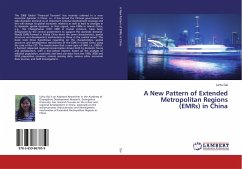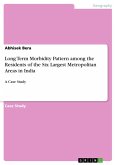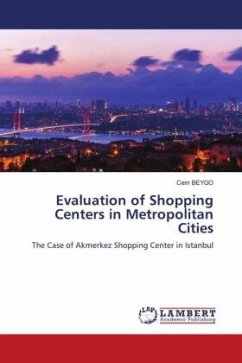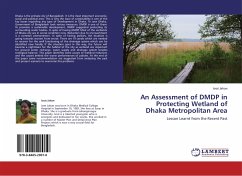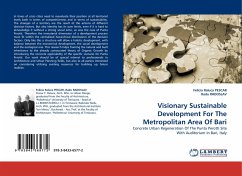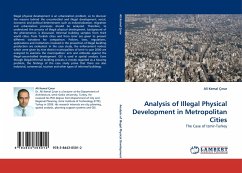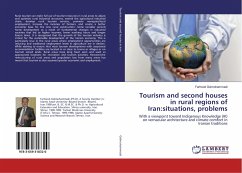The 2008 Global "Financial Tsunami" has recently ushered in a new economic dynamic in China, i.e., it has forced the Chinese government to take domestic demand as an important national development strategy and this will change its global economic relations as well as lead to changes in its domestic spatial dynamics. In that regard, new EMRs in Inland China, e.g., the Changzhutan (CZT) EMR in Hunan province, have been designated by the central government to support the domestic demand. Would EMRs formed in Inland China share the same characteristics, spatial structure and development mechanisms as those in the coastal areas? This book tests three hypotheses regarding on the characteristics, spatial structure and development mechanisms of the EMR in Inland China using the case of the CZT. The results show that a new type of EMR, i.e., EMR II, is formed: dispersed regional concentration driven both by domestic forces and globalization, with a low-carbon imprint, based on the analyses of selected population, economic and land use data from the 1990, 2000 and 2010 population censuses, remote sensing data, various other economic data sources, and field investigations.
Bitte wählen Sie Ihr Anliegen aus.
Rechnungen
Retourenschein anfordern
Bestellstatus
Storno

